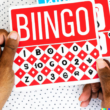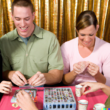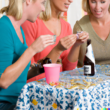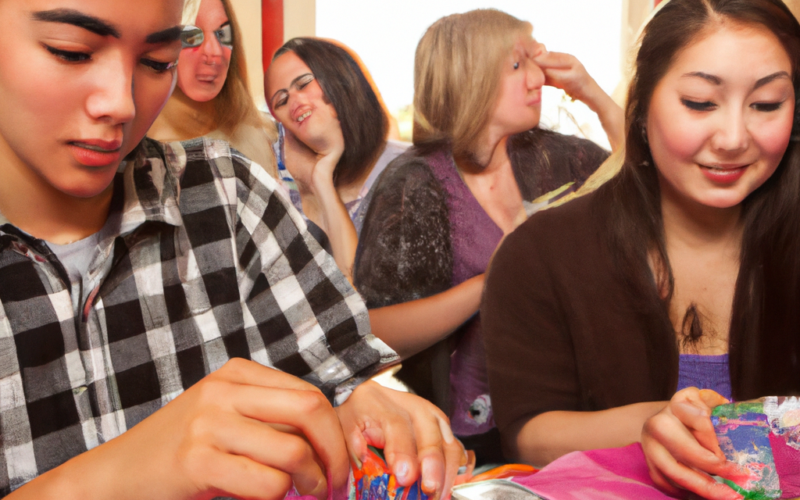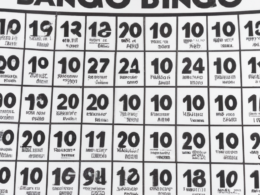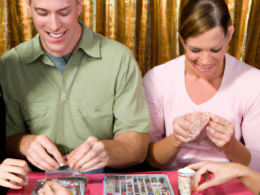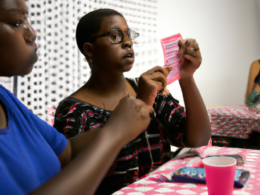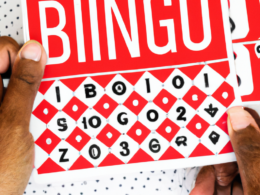Bingo is a popular game that originated in Scotland in the early 1800s. The name “bingo” likely comes from the British term “bing-a-bing”, which is a sound the balls make when they are hit by the ball stick.
In the early days of bingo, players would use a drum to help keep track of the score. Bingo was not well-known in America until World War I, when soldiers stationed in Europe played it as a way to pass the time.
In 1929, a wealthy Los Angeles widow, Mrs. Elizabeth Bingham, created the first modern bingo game. Mrs. Bingham’s game was called “Number Bingo.” The game was simple: participants would write down numbers 1 through 25 on pieces of paper and place them in a hat.
When someone called out a number, they would pull out a card with that number on it and put it on the table. If they had the same number as the card on the table, they could mark their piece of paper as “bought” and take another turn drawing cards. If they didn’t have the same number, they would write down that number on their piece of paper and take another turn drawing cards. The first player to finish their set of cards won the game.
Mrs. Bingham’s Number Bingo became very popular and spread to other parts of America.
In 1932, she founded The International Bingo Association (IBA), which is still active today and responsible for regulating bingo across all 50 states in America. As bingo grew in popularity, various versions of the game were developed including Speed Bingo (1939), Double Bingo (1948), Progressive Bingo (1961), and Spanish Bingo (1981).
Bingo has remained popular throughout its history and continues to be one of America’s favorite games. Today, it is enjoyed by people of all ages and can be found at nearly every casino and pub in America.

